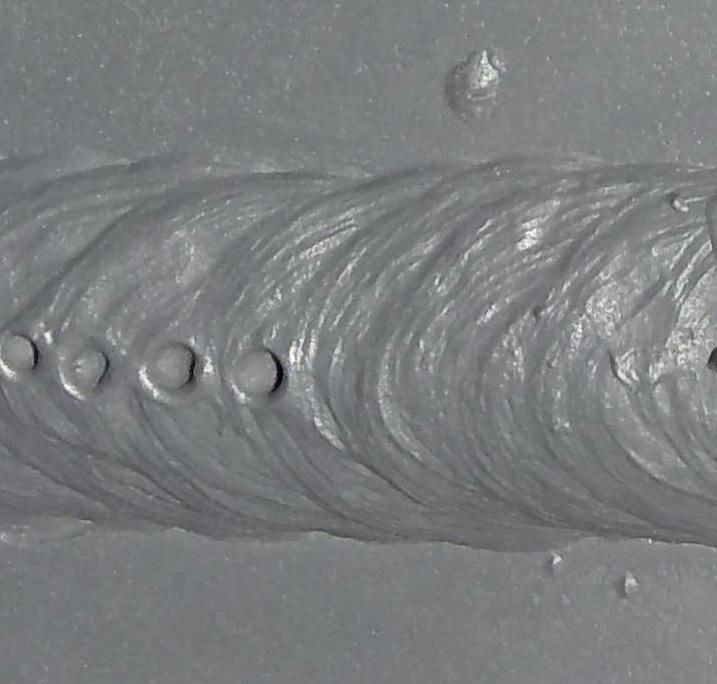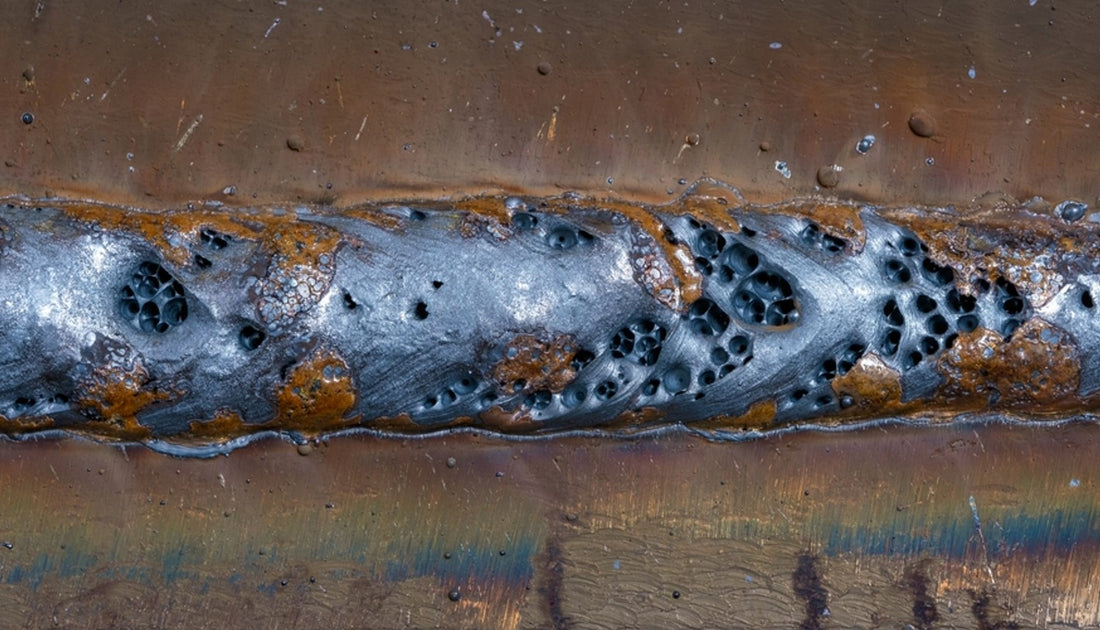What is Porosity in Welding: Ideal Practices for Avoiding Porous Welds
Comprehending Porosity in Welding: Checking Out Reasons, Effects, and Avoidance Methods
Porosity in welding is a consistent difficulty that can substantially impact the top quality and stability of welds. As specialists in the welding sector are well conscious, comprehending the causes, impacts, and prevention techniques connected to porosity is essential for attaining robust and trusted welds. By diving into the origin causes of porosity, analyzing its detrimental effects on weld top quality, and exploring efficient avoidance techniques, welders can boost their knowledge and abilities to produce high-grade welds regularly. The complex interaction of factors contributing to porosity calls for a comprehensive understanding and a positive strategy to guarantee effective welding end results.
Typical Sources Of Porosity
Porosity in welding is largely created by a mix of elements such as contamination, inappropriate securing, and insufficient gas protection throughout the welding procedure. Contamination, in the type of dirt, oil, or corrosion on the welding surface, produces gas pockets when heated up, resulting in porosity in the weld. Improper securing occurs when the securing gas, frequently made use of in processes like MIG and TIG welding, is unable to fully secure the liquified weld swimming pool from responding with the bordering air, causing gas entrapment and subsequent porosity. Furthermore, poor gas insurance coverage, typically due to inaccurate flow prices or nozzle positioning, can leave components of the weld unguarded, allowing porosity to create. These variables collectively add to the formation of gaps within the weld, deteriorating its integrity and possibly creating architectural issues. Comprehending and dealing with these usual reasons are vital steps in stopping porosity and ensuring the high quality and stamina of bonded joints.
Effects on Weld Top Quality
The existence of porosity in a weld can significantly endanger the overall quality and stability of the welded joint. Porosity within a weld develops spaces or cavities that deteriorate the framework, making it more prone to fracturing, deterioration, and mechanical failing.
Moreover, porosity can hinder the efficiency of non-destructive testing (NDT) strategies, making it challenging to spot various other flaws or gaps within the weld. This can bring about significant safety worries, specifically in essential applications where the structural integrity of the bonded components is critical.

Prevention Techniques Review
Provided the destructive influence of porosity on weld quality, efficient prevention strategies are crucial to maintaining the architectural honesty of welded joints. Furthermore, choosing the appropriate welding specifications, such as voltage, present, and take a trip rate, can aid reduce the danger of porosity development. By including these avoidance methods right into welding practices, the incident of porosity can be substantially decreased, leading to more powerful and more reputable bonded joints.
Value of Appropriate Shielding
Correct protecting in welding plays a critical function in protecting against climatic contamination and guaranteeing the honesty of bonded joints. Securing gases, such as argon, helium, or a combination of both, are frequently used to protect the weld pool from reacting with elements airborne like oxygen and nitrogen. When these reactive components enter into contact with the hot weld swimming pool, they can cause porosity, causing weak welds with minimized mechanical homes.

Insufficient shielding can cause various defects like porosity, spatter, and oxidation, compromising the structural honesty of the bonded joint. Adhering to proper protecting methods is important to produce top quality welds with very little defects and guarantee the longevity and integrity of the welded components.
Surveillance and Control Methods
How can welders properly keep track of and manage the welding procedure to make certain optimal outcomes and stop flaws like porosity? One trick method is via using innovative tracking technologies. These can consist of real-time look at this web-site monitoring systems that supply responses on specifications such as voltage, present, take a trip speed, and gas circulation prices. By continuously keeping an eye on these variables, welders can recognize discrepancies from the ideal problems and make prompt adjustments to stop porosity formation.

Additionally, executing correct training programs for welders is crucial for checking and managing the welding process efficiently. What is Porosity. Enlightening welders on the value of keeping consistent specifications, such as appropriate gas shielding and travel click to read more speed, can aid prevent porosity issues. Normal evaluations and qualifications can additionally make sure that welders excel in surveillance and regulating welding processes
Additionally, using automated welding systems can boost surveillance and control capacities. These systems can exactly regulate welding parameters, decreasing the probability of human error and guaranteeing consistent weld quality. By incorporating sophisticated tracking modern technologies, training programs, and automated systems, welders can successfully check and manage the welding process to minimize porosity issues and accomplish high-quality welds.
Conclusion
